Save 50% on a 3-month Digiday+ membership. Ends Dec 12.
‘Everything was easier at the beginning’: Marketers vent programmatic frustration
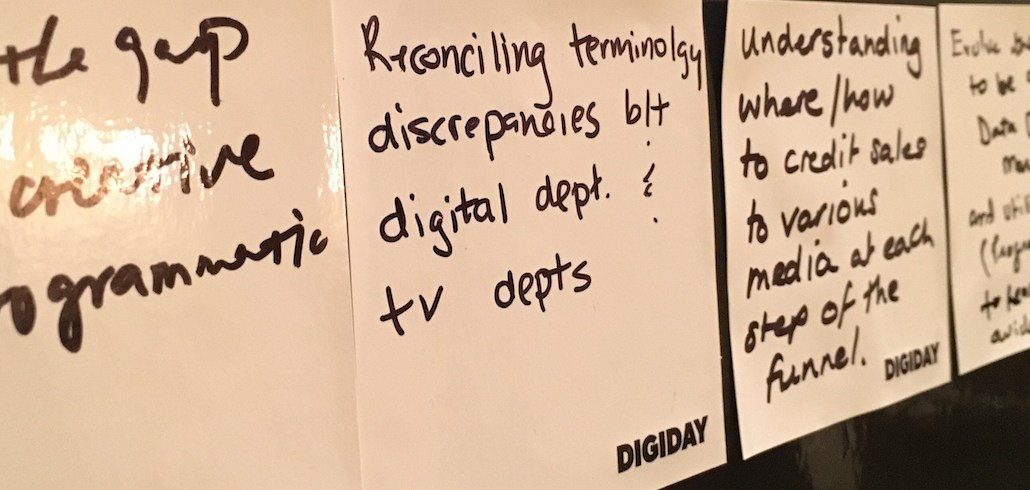
At the Digiday Programmatic Summit in Palm Beach, Florida, on Tuesday, we asked attendees from agencies and brands to jot down their biggest challenges in programmatic advertising. We then laid out their top concerns on the mind map below. Among the big programmatic issues for brands and agencies are the number of vendors, the gap between creative and programmatic, audience overlap and more.
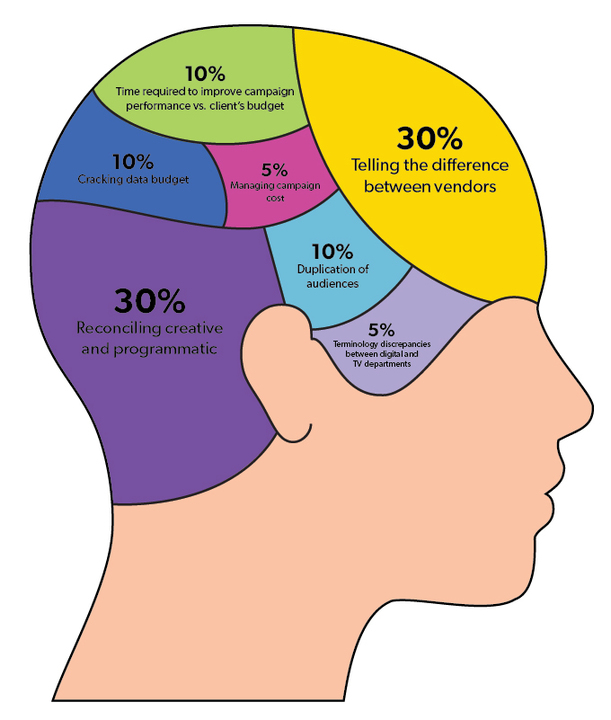
We approached several attendees and asked them to elaborate on their specific challenges, granting them anonymity in exchange for candor. Their answers are below, edited for clarity:
Telling the difference between vendors

“Right now, we are doing managed services for all clients, so we constantly get proposals back from vendors and hear the same reporting, capabilities and brand safety. We are sifting through which one is the best in the sandbox,” said a senior media planner from a digital agency. “We are a small team, so I really see vendors as an extension of my agency. I have worked with many vendors who see really high turnover. When new people come in, the attention to the campaign completely falls off, and the performance of the campaign just goes away with it.”

“I started doing programmatic back in 2009,” said an associate media director for a Boston-based agency. “Everything was easier at the very beginning because there were fewer players, but now there are just so many vendors with the same recipe. Everyone can be a demand-side platform. How to identify the best one is my challenge.”
Bridge the gap between programmatic and creative
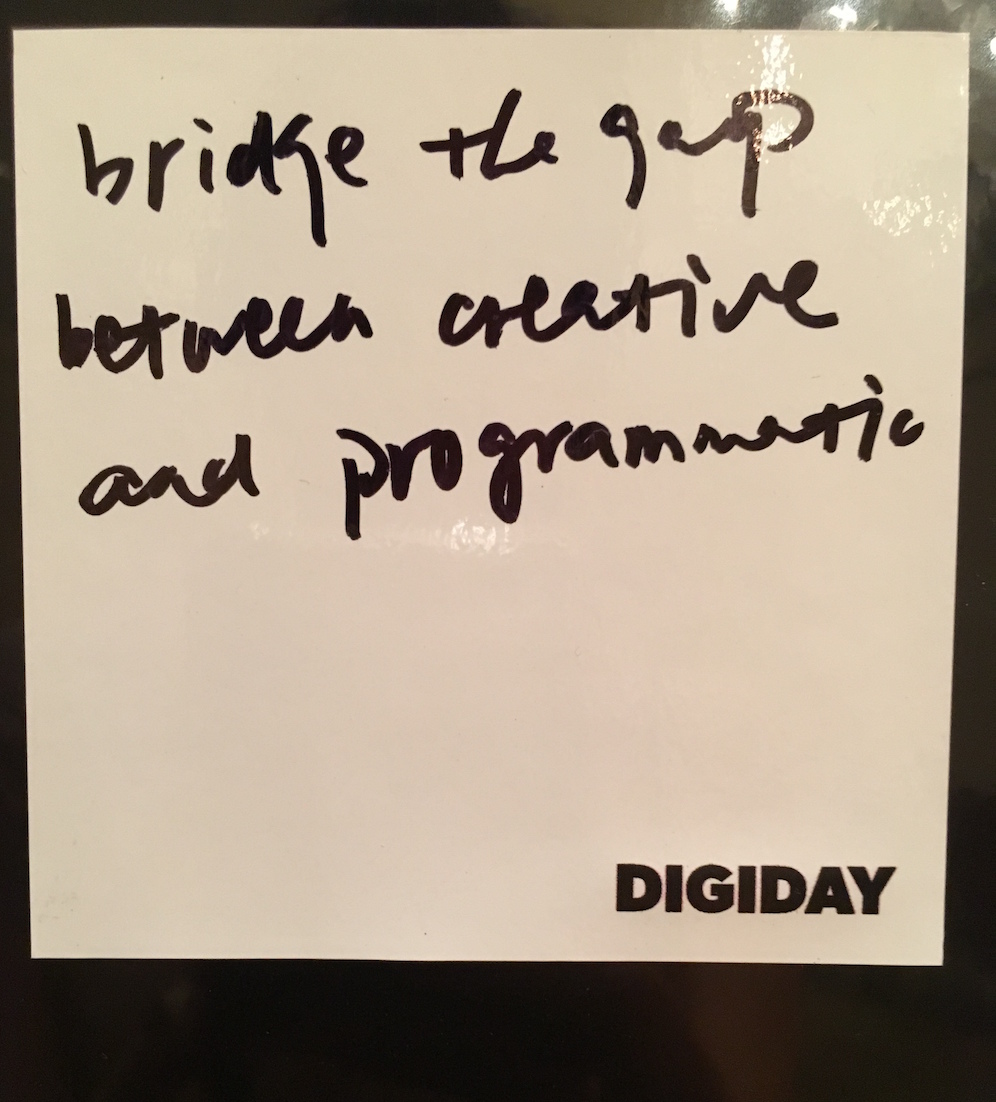
“Creative is a challenge, and production is a bigger challenge. Our creative team may say, ‘OK, you need to make five different banners for this programmatic campaign,’ and our media team is like, ‘No, that’s not enough.’ Volume aside, you have certain creative freedom in programmatic, and there’s a difference in producing native, social and video content,” said a media director for a digital shop.
“From an agency perspective, it’s our responsibility to give brands the best creative recommendations. But there are many clients who want to play creative director, which directly affects the initial idea of a campaign. Too many clients put their hands on the creative: They change the headline, the copy and images, etc. And in some cases, it’s the agency that gets hit when things go wrong.”
Overlapping audience
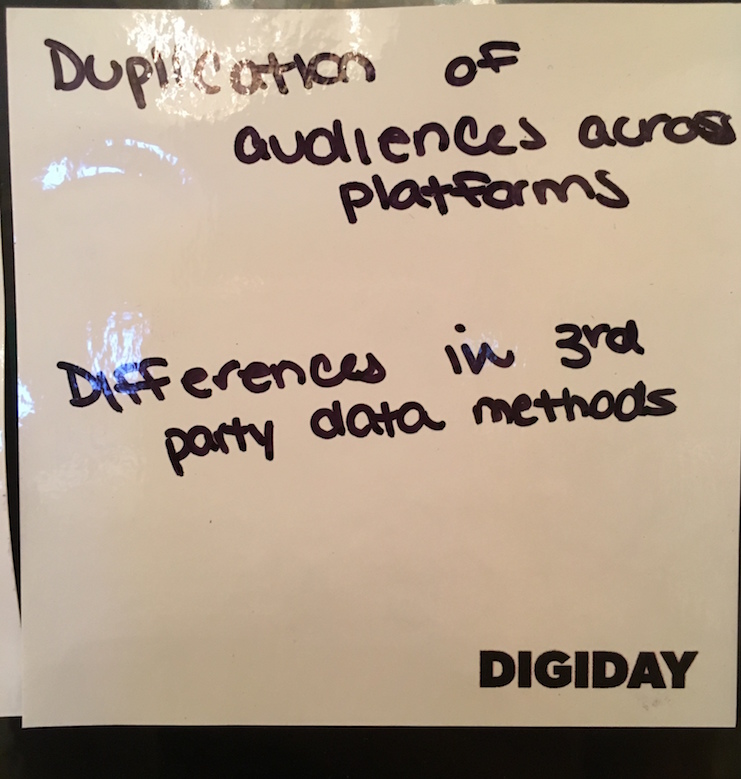
“If you have two campaigns running at the same time, there’s always a chance — regardless of what tactics you are using — that you will be targeting the same person. So you want to eliminate that ad buy and set different restrictions with your DSPs or whatever publication you are using. That’s the main thing with audience overlap.”
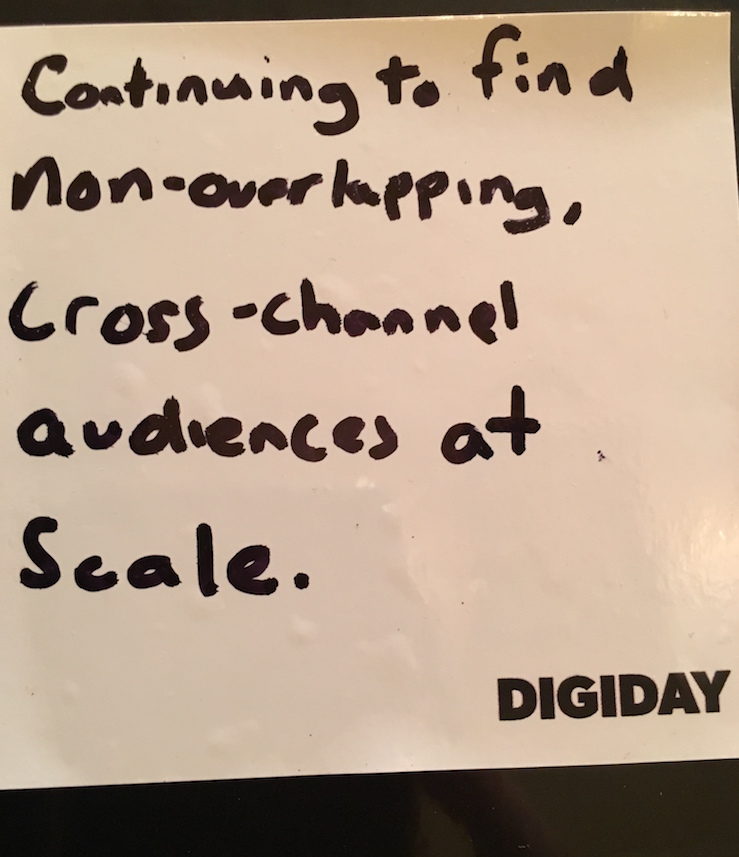
“When you want to run programmatic across devices, you have to use someone like Tapad and keep adding different platforms for data integrity. Then clients are like ‘that’s 10 percent of your media spend’ so it’s a tough sell,” said a senior media director for a major media agency.
Platforms require different ad tracking approaches
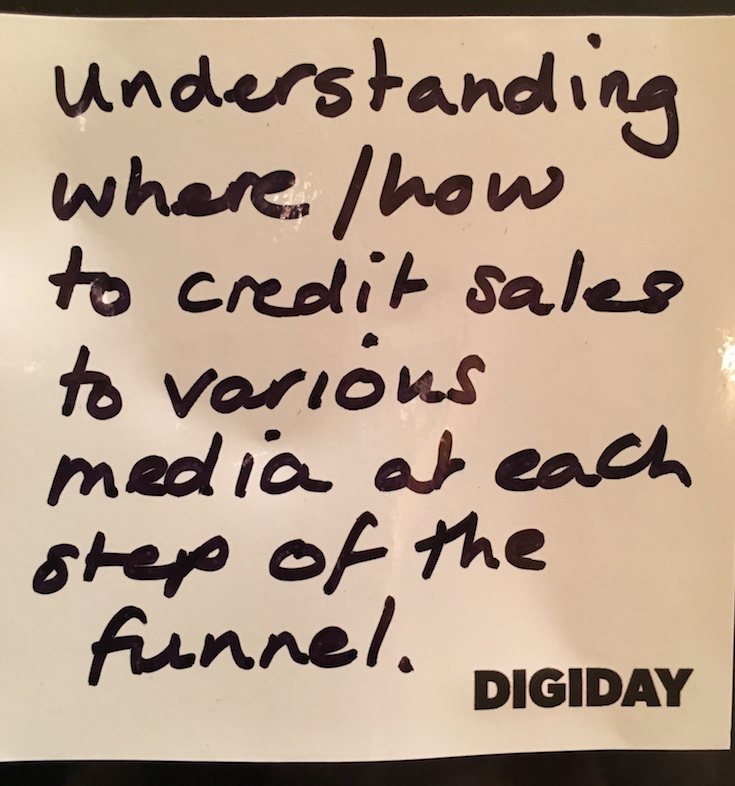
“Each platform has its own pixel that you can use for ad tracking: Google pixel, Facebook pixel and ad server,” said a media executive from a big agency. “Whatever vendor you are using, you need to figure out a way to normalize their data sets and compare them against each other on a one-to-one basis, instead of looking at different KPIs. It’s always important to relate it back to one normal KPI. That’s the problem with a lot of different platforms. It’s hard to relate all back together and do A/B tests with various vendors.”
Become more data-driven
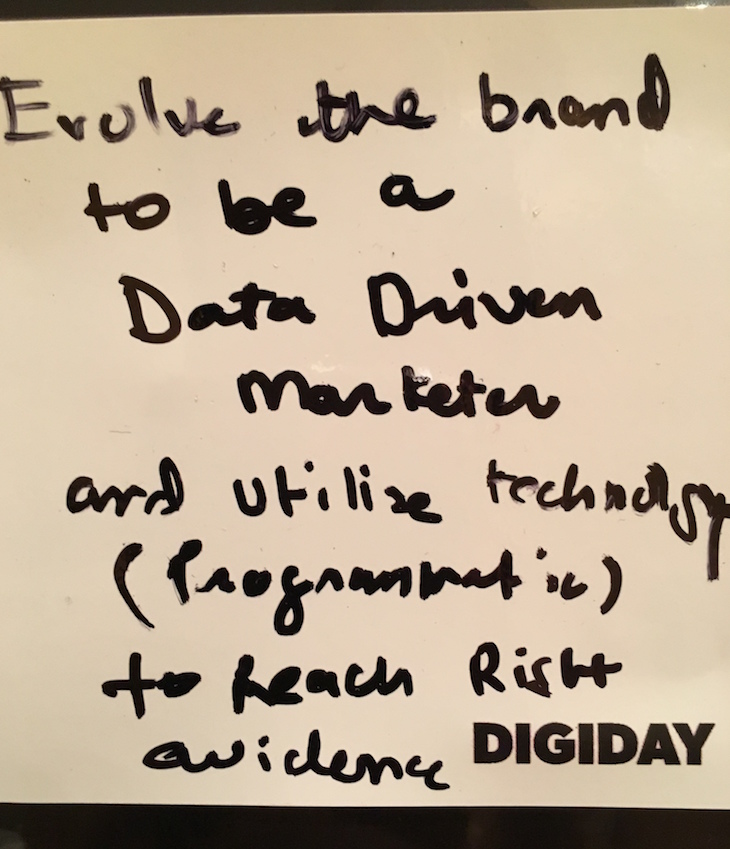
“We plan to take programmatic in-house and are now working with agencies holistically to find a way to do so,”said a senior manager of digital strategy for a big beverage company. “We want to leverage the programmatic technology to find the right audience segments and make sure that our ad placements are targeted.”
Vendors over-promise and under-deliver
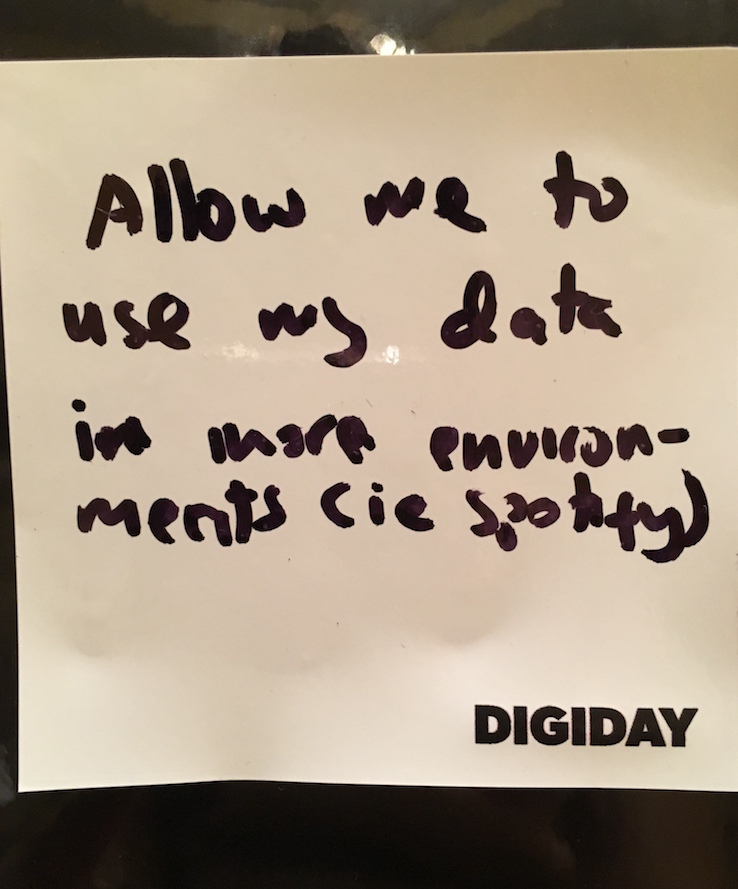
“As an online e-commerce brand we have lots of first-party data,” said the company’s senior director of digital media.”I found that many vendors claim that they can onboard our first-party data and help us scale, but when we start working together, they cannot process our data properly or they don’t have the technology to do it. So I hope that people can be more upfront about their limitations.”
How to spend time to best serve clients
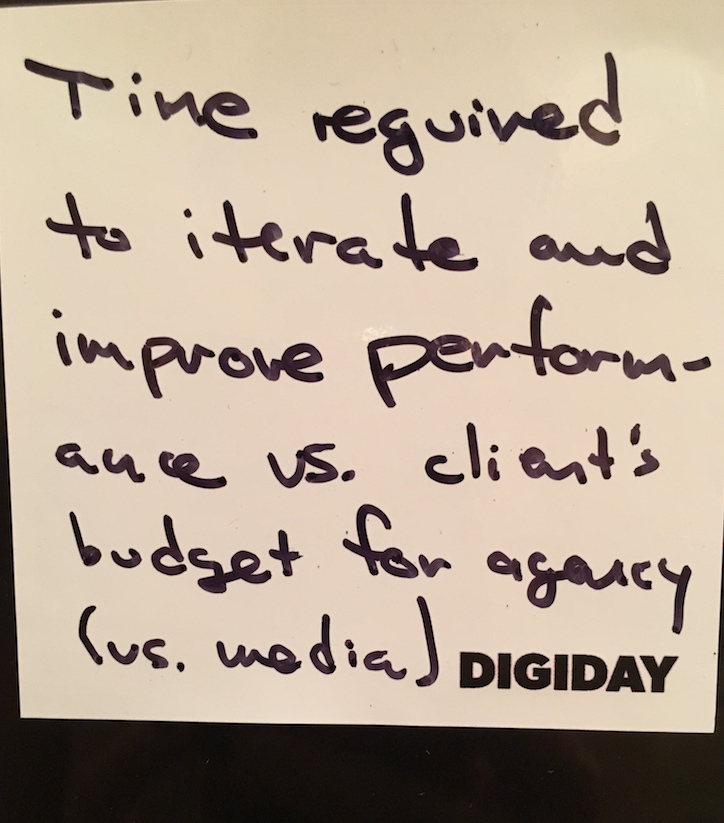
“We want to constantly look at new partners and tactics, but we need to balance that with how much time we have and how much we can spend on it without going over the budget,” said a media director for a big agency. “There are many things in programmatic we want to learn and test more: dynamic creative, sequential messaging, viewability, optimization and understanding audience overlap, etc. All that stuff takes time, but not everything brings the same benefit to the client.”
More in Marketing

In Graphic Detail: Here’s what the creator economy is expected to look like in 2026
Digiday has charted its expected revenue, key platforms for creator content as well as what types of creators brands want to work with.

Ulta, Best Buy and Adidas dominate AI holiday shopping mentions
The brands that are seeing the biggest boost from this shift in consumer behavior are some of the biggest retailers.

Future of Marketing Briefing: AI confuses marketers but their own uncertainty runs deeper
That was the undercurrent at this week’s Digiday Programmatic Marketing Summit in New Orleans.







